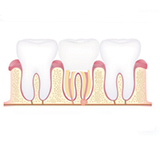Root Canal Treatment in Children
Demystifying common notions
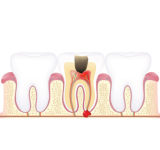
What is root canal treatment?
Root canal treatment (RCT, called pulpectomy in children) is basically a process to remove diseased and infected portion of tooth and filling it with a biocompatible material to restore form and function.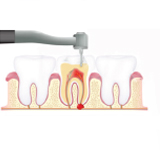
Why is it important to do this procedure in milk teeth?
While it’s true that milk teeth are shed, they have an important role in the growth and development of children in early years. Night bottle feeding, frequent consumption of refined sugars and irregular tooth brushing are important factors causing cavities in children. Cavities causing pain and discomfort, lead to overall decrease in diet intake and oral hygiene.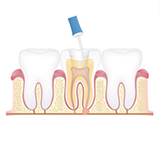
What happens to untreated teeth?
Untreated teeth lead to continuous pain, gum swelling (pus boil) and may sometimes lead to space infections in and around the orofacial region, needing surgical intervention. Apart from that, untreated cavities cause difficulty in eating, bad odour, overall malalignment of teeth and of course unpleasant aesthetics.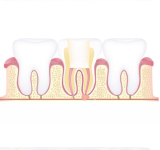
How is root canal procedure done?
After an initial diagnosis with clinical history and x-ray, the decision of root canal procedure is made. Age, cooperative ability, medical history and degree and extent of damage are important parameters to consider type of anaesthesia. While most children are extremely cooperative for the procedure done chair side under local anaesthesia, some children need to undergo treatment under general anaesthesia. In majority cases, recovery is immediate with mild post operative discomfort.